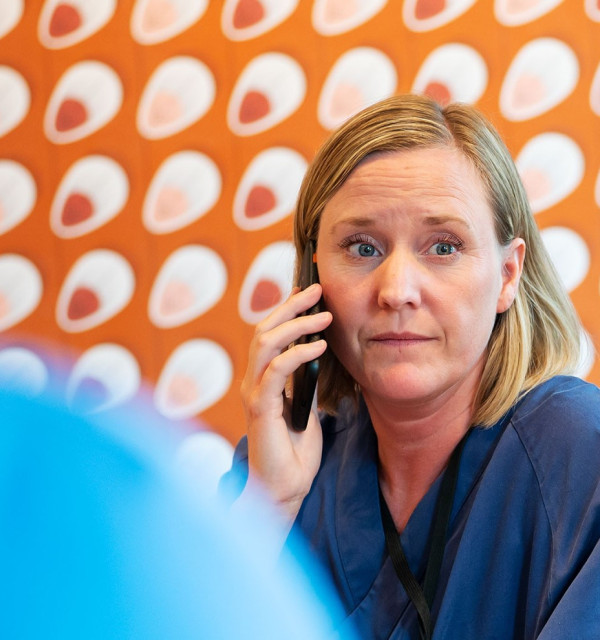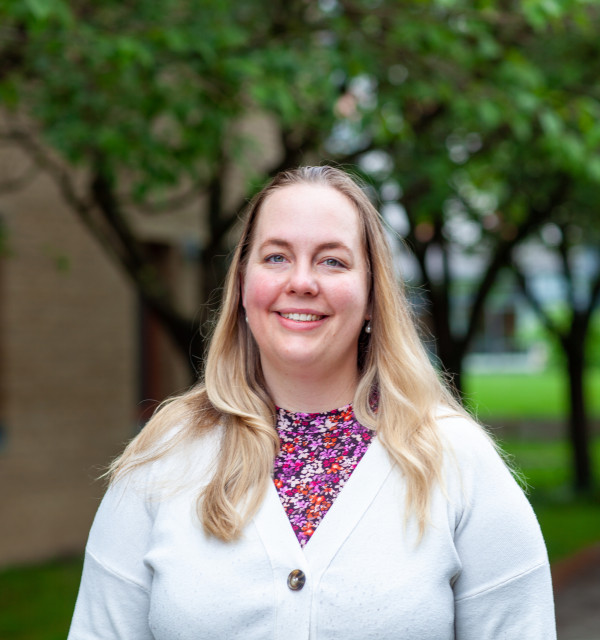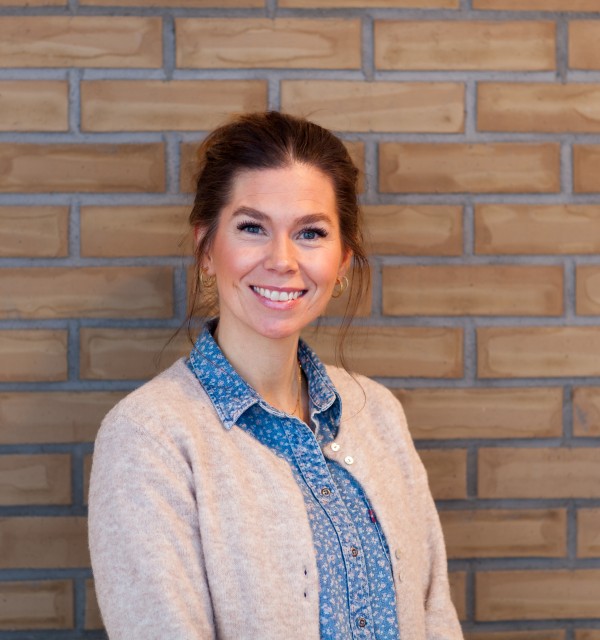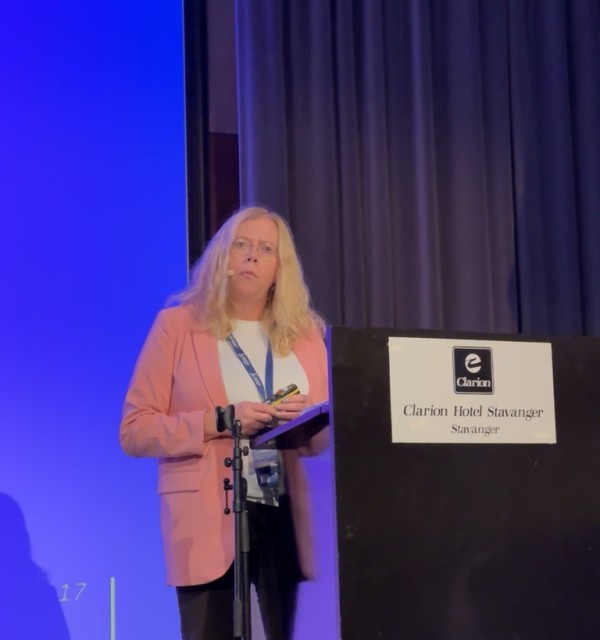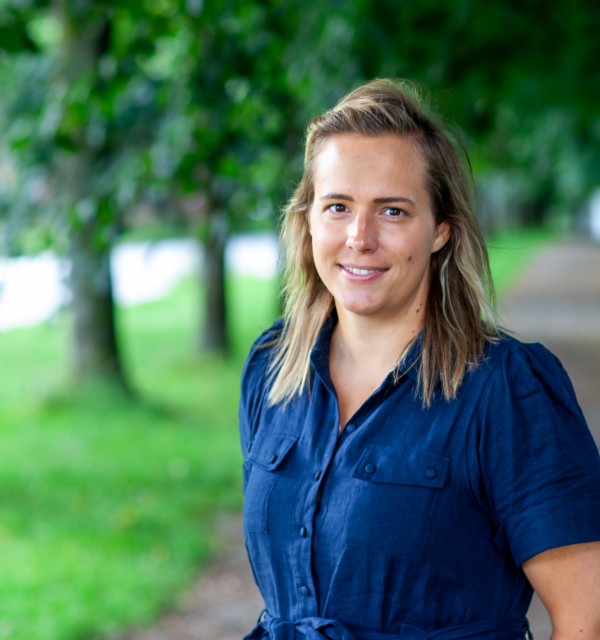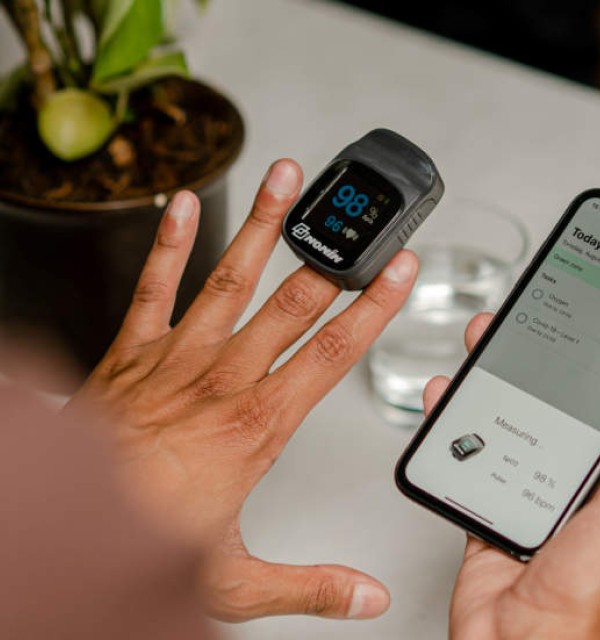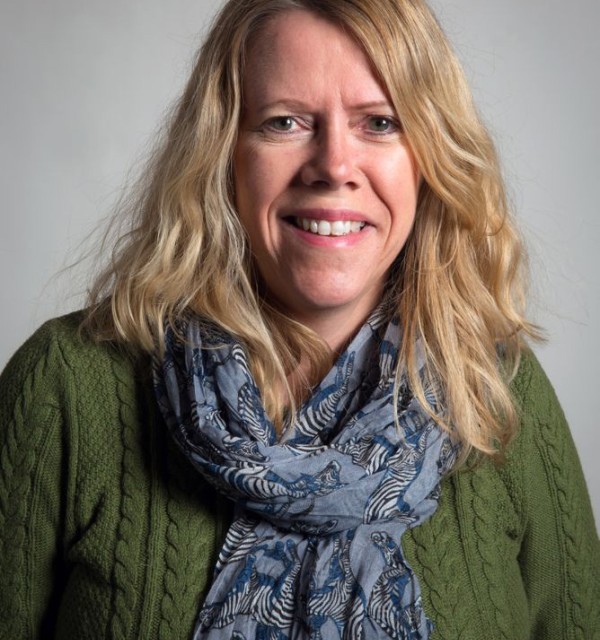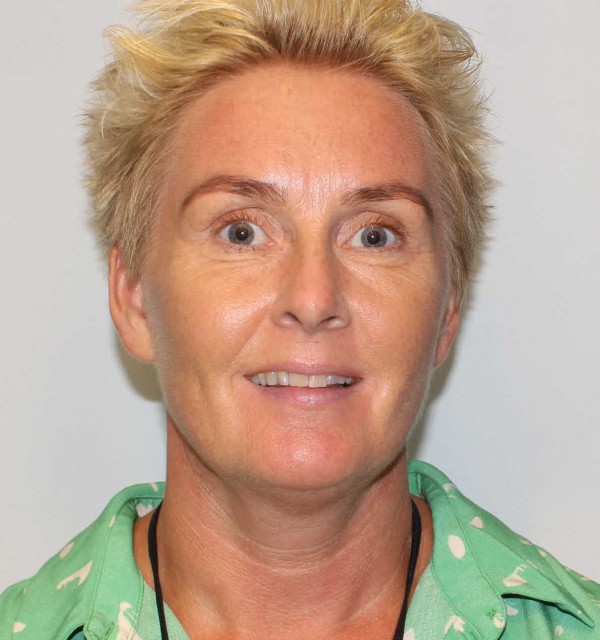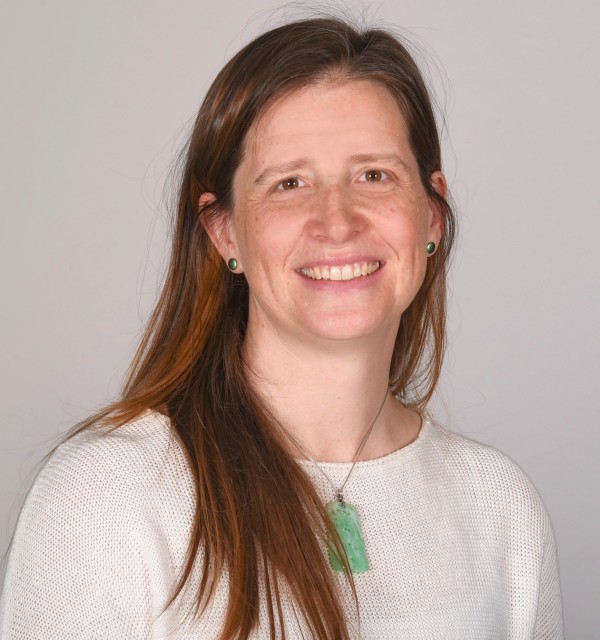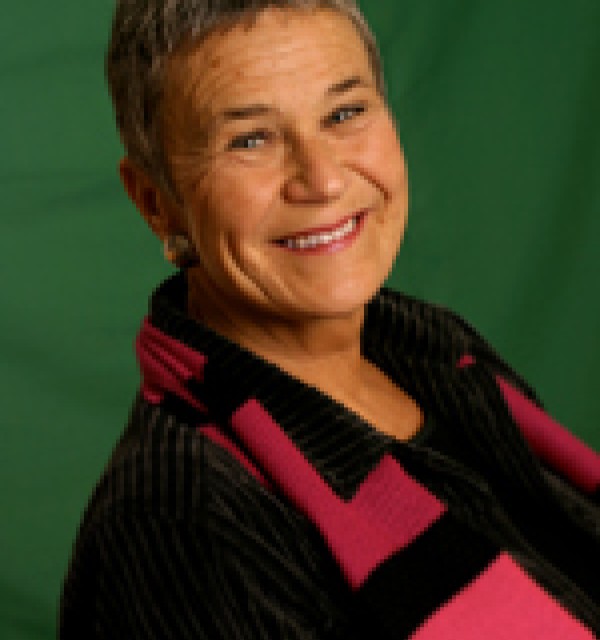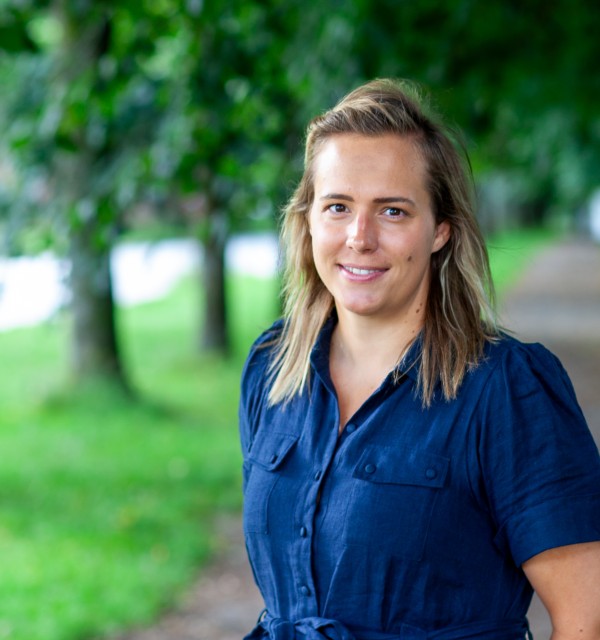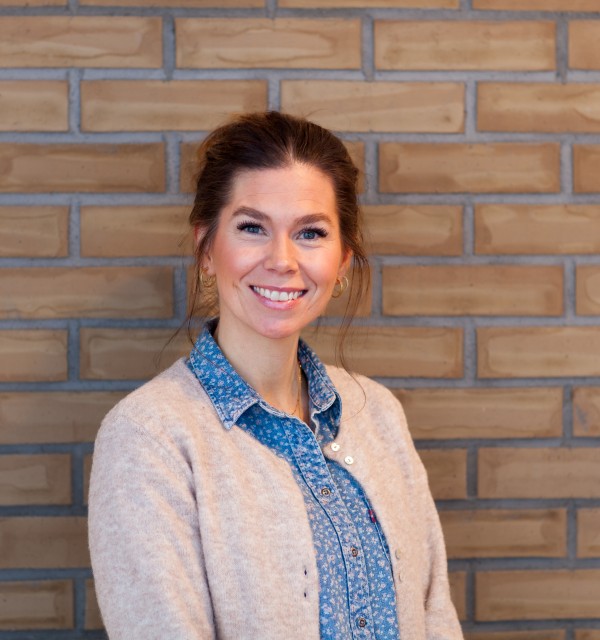In the eHealth @ Hospital-2-Home project, a digital health service for chronically ill patients will be developed, and new forms of interaction between patients and health personnel will be tested.
Norway - with a small population of 5.3 million - has one of the world's highest rates of colorectal cancer, with over 4,000 new cases annually. Similarly, the incidence of heart failure is considerable with 20000 hospitalizations per year. Both diseases are typical of chronic conditions and with significant re-admission rates 30 days after discharge from hospital.
Many patients with chronic illnesses may struggle to navigate the health care system and perform recommended self-care. Treatment burden is the extra work that patients with long-term illness do to live well with the disease. This "extra work" consists of monitoring health status, dealing with treatment plans delegated by the health care providers, and administering medical appointments. The dominant consequences of an excessive treatment burden are reduced health and well-being, inadequate follow-up of treatment plans and re-admissions.

The eHealth@Hospital-2-Home project will develop new knowledge about treatment burden and its effect on quality of life. The aim is to explore treatment burden in transitional phases and follow-up of illness and treatment.
We will test an eHealth solution that can strengthen the health-promoting competence and coping skills of the chronically ill. At the heart of the project are new digital tools and forms of interaction for patients and healthcare professionals. The eHealth solution will be tested in treatment pathways at the critical stage following hospital discharge. Together with the health care service (hospitals, general practitioner), patient representatives will assist in the design of the digital service. The project will also try out forms of collaboration where nurses actively use digital aids to make work easier, treatment better and, above all, avoid unnecessary re-admissions.
Collaboration partners
Dignio A/S provides the digital platform on which the service will be built. The project also collaborates with international researchers at universities in the United Kingdom, the United States, the Netherlands, and Sweden.
